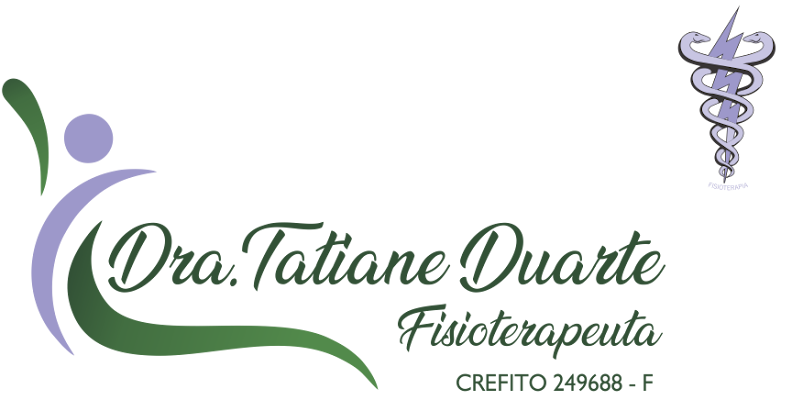 A linfa é o líquido que está presente nos vasos que compõe o sistema linfático.é composta por água , substâncias orgânicas e inorgânicas , resíduos e toxinas resultantes do trabalho do metabolismo.Estimular a linfa é importante para a saúde , porque ela conduz o líquido excedente e as toxinas aos órgãos excretores , provocando uma limpeza interna. Além disso , ela também é responsável por levar oxigênio, substâncias nutritivas e hormônios para os tecidos, o que é fundamental para o funcionamento do organismo.
A linfa é o líquido que está presente nos vasos que compõe o sistema linfático.é composta por água , substâncias orgânicas e inorgânicas , resíduos e toxinas resultantes do trabalho do metabolismo.Estimular a linfa é importante para a saúde , porque ela conduz o líquido excedente e as toxinas aos órgãos excretores , provocando uma limpeza interna. Além disso , ela também é responsável por levar oxigênio, substâncias nutritivas e hormônios para os tecidos, o que é fundamental para o funcionamento do organismo. O fluído linfático é normalmente esbranquiçado e leitoso,forma-se a partir do fluído entre as células e se armazena no interior dos tecidos.A quantidade mediana dentro do corpo humano é entre 1 e 2 litros e flui vagarosamente através vasos linfáticos menores, que se unem para formar os maiores.Este fluído não possui nenhum bombeamento próprio (como o sangue e o coração), mas se move em decorrência da pressão geral do corpo e do movimento gerado pelos músculos .Quando flui para o exterior de cada nodo vai através de um único vasos e quando flui para o interior de cada nodo através de vários vasos linfáticos.
O fluído linfático é normalmente esbranquiçado e leitoso,forma-se a partir do fluído entre as células e se armazena no interior dos tecidos.A quantidade mediana dentro do corpo humano é entre 1 e 2 litros e flui vagarosamente através vasos linfáticos menores, que se unem para formar os maiores.Este fluído não possui nenhum bombeamento próprio (como o sangue e o coração), mas se move em decorrência da pressão geral do corpo e do movimento gerado pelos músculos .Quando flui para o exterior de cada nodo vai através de um único vasos e quando flui para o interior de cada nodo através de vários vasos linfáticos.A rede linfática gradualmente concentra a linfa em dois vasos linfáticos principais ,situados nos peitos que são chamados de Duto linfático direito e Duto Torácico que unem as veias subclávianas direita e esquerda, onde a linfa se junta ao sangue.No corpo há cerca de 500 nodos linfáticos , os maiores ficam no pescoço, axilas, peitos, abdômen central e virilha, há também nas Adenoides,na parte posterior das fossas Nasais, nas amígdalas,que ficam na garganta, no baço, logo atrás dos rim esquerdo e na glândula do Timo atrás do Externo.
Há outros na curvatura dos cotovelos e na parte posterior dos joelhos, a maioria tem a forma esférica ou são similar a peras. Os menores possuem menos de 1 mm e os maiores entre 15 e 20 mm. Eles contém vários tipos de células brancas e podem dobrar de tamanho quando o corpo está combatendo uma doença, por isso está intimamente relacionado ao sistema imunológico.
A drenagem linfática é uma massagem realizada por meio de movimentos lentos, á base de uma leve pressão com os dedos, mãos ou por meio de aparelhos , que segue o mesmo trajeto do sistema linfático .Assim , leva a corrente de líquidos até os gânglios linfáticos ,onde posteriormente será eliminada pela diurese(urina) ou pela sudorese(suor).
FONTE:Revista Corpore ano 5, n.19.2008
O CORPO HUMANO-guia completo-Editora Escala
mmspf.msdonline.com.br
Lymph is the fluid that is present in the vessels that make up the system linfático.é composed of water, organic and inorganic substances, wastes and toxins resulting from the work of the lymph metabolismo.Estimular is important for health because it leads the excess liquid and toxins to the excretory organs, causing an internal cleansing. In addition, she is also responsible for transporting oxygen, nutrients and hormones to the tissues, which is fundamental to the functioning of the body.Lymph fluid is usually milky white, formed from the fluid between cells and is stored inside the tecidos.A median amount within the human body is between 1 and 2 liters and flows slowly through smaller lymph vessels, which maiores.Este unite to form the fluid has no pump of its own (such as blood and heart), but moves as a result of the general pressure of the body and movement generated by the muscles. When it flows to the outside of each node goes through a vessels and only when it flows into the interior of each node through multiple lymphatic vessels.The lymphatic system the lymph gradually concentrated in two main lymphatic vessels located within the breasts that are called the right lymphatic duct and Thoracic duct connecting the right and left subclavian veins, where lymph sangue.No joins the body about 500 nodes nodes, are the largest in the neck, armpits, breasts, central abdomen and groin, there is also the adenoids at the back of the nose, tonsils, which lie in the throat, spleen, just behind the left kidney and the thymus gland behind the external.There are others on the bend of the elbows and the back of the knees, most have a spherical shape or are similar to pears. The smallest have fewer than 1 mm and the largest between 15 and 20 mm. They contain various types of white blood cells and can double in size when the body is fighting an illness, so it is closely related to the immune system.Lymphatic drainage is a massage using slow motion, based on a light pressure with the fingers, hands or through devices, which follows the same path of the lymphatic system. Thus, the flow of liquids leads to the lymph nodes , which will later be eliminated by diuresis (urine) or sweating (sweat).
SOURCE: Company Magazine 5 years, n.19.2008
THE HUMAN BODY guide full-scale Publisher
SOURCE: Company Magazine 5 years, n.19.2008
THE HUMAN BODY guide full-scale Publisher







